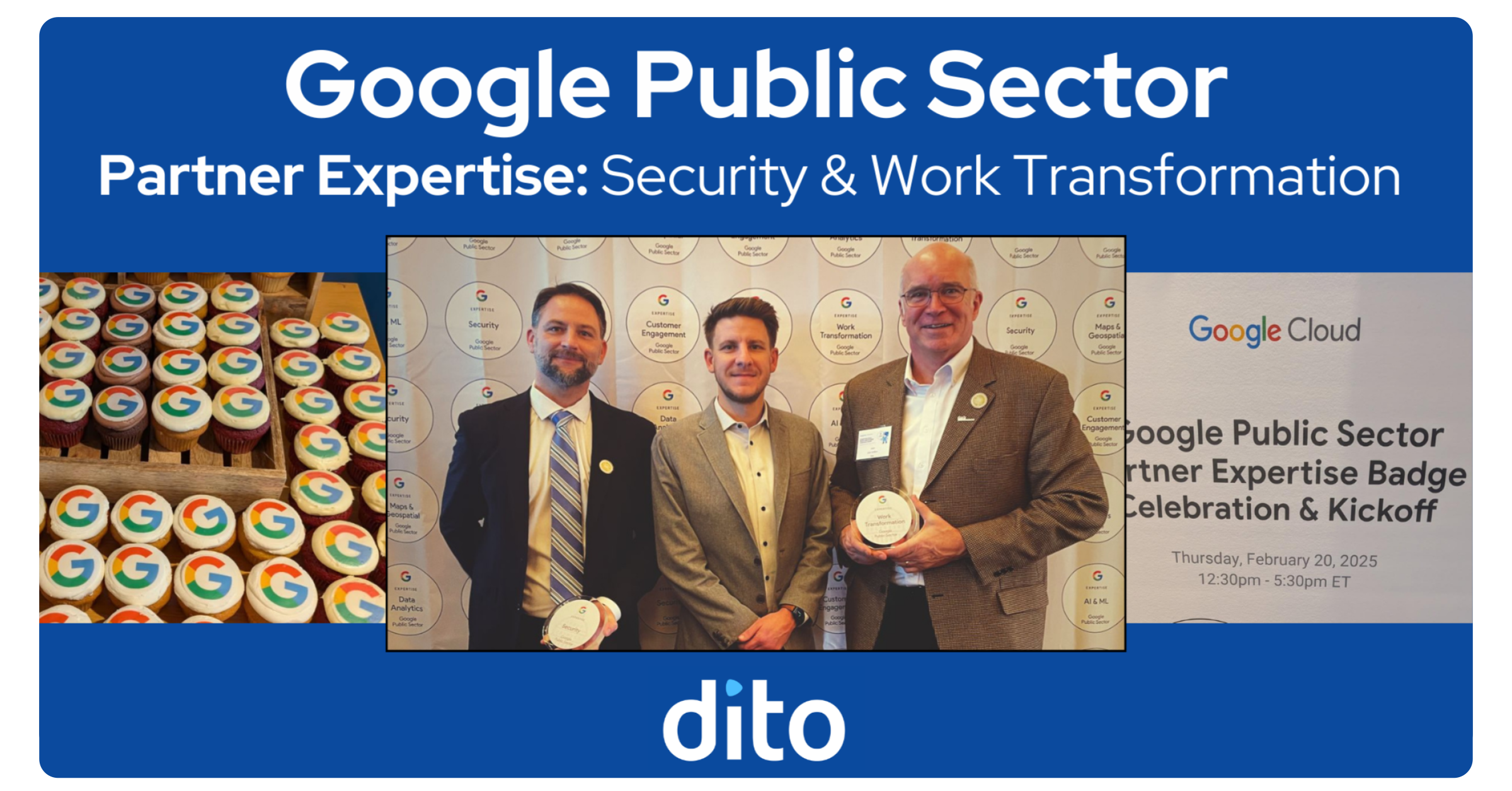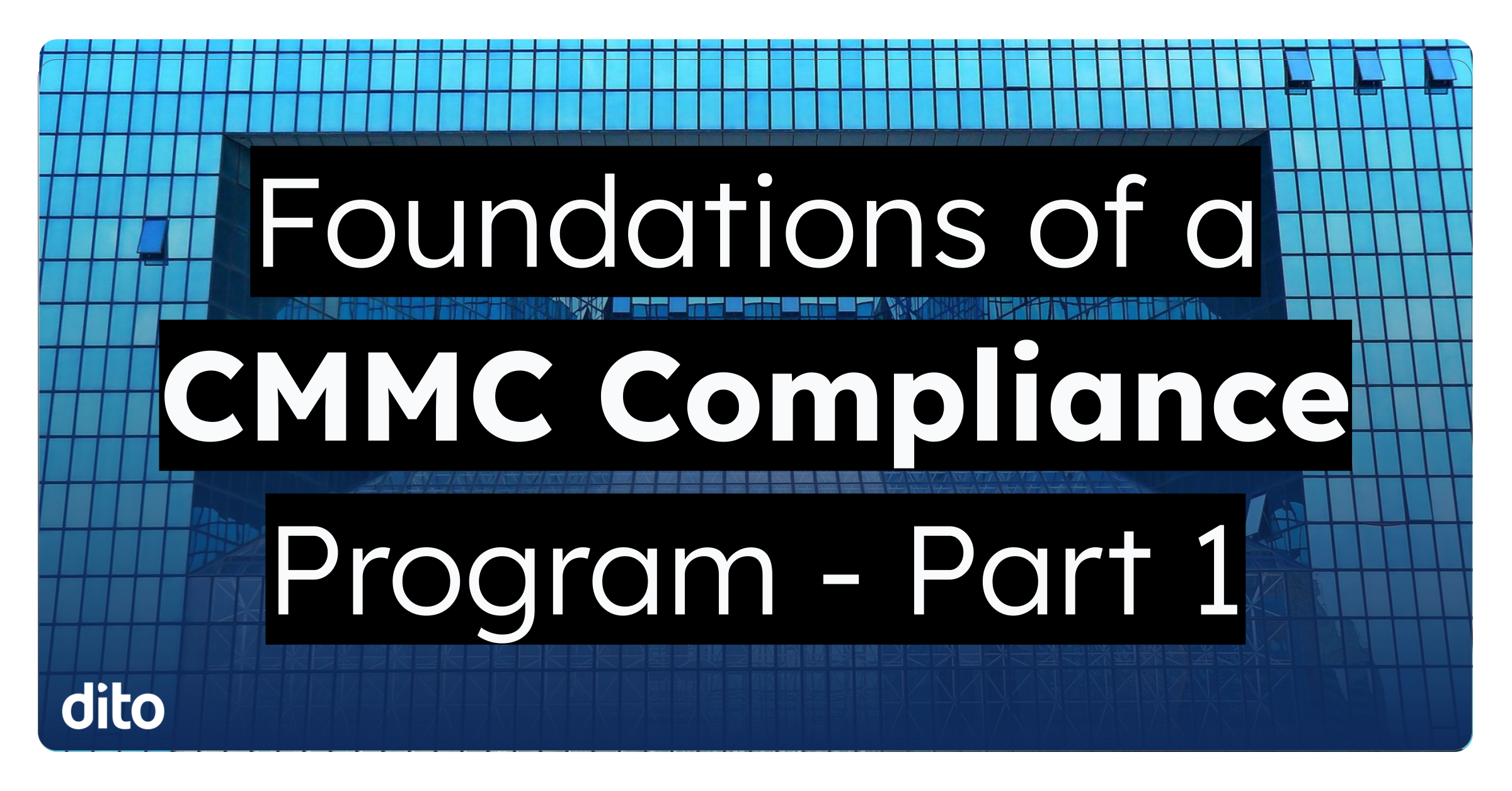Throughout the week, we have discussed the ins-and-outs of Google Groups and the nine new features in the new Google Groups. Today, we are going to put theory into practice and discuss best practices in Google Groups. While focusing on the four group types, we will be discussing successfully selecting a group type for your needs and the best practices for group members, managers, and owners. The four group types include Email list, Web Forum, Q & A Forum, and Collaborative Inbox. Understanding the four different group types and following best practices will ensure successful end results for Google Groups workflows.
Group Types
You will first need to determine the best group type for your desired work flows. You can choose from Email List, Web Forum, Q and A Forum, and Collaborative Inbox. Use the comprehensive lists and descriptions below to determine your group type based on the needs of your group or team.
Email List:
An email list is similar to a distribution list; a mailing list that will allow you to email a group of individuals under one email address. This group type includes the following:
- Users can easily reach a target group instead of individuals by emailing the group address instead on individuals
- Users can post from the web or through email by sending an email to the group email address
- Easily schedule calendar events for the group by entering the group email address in the guest field
- Share documents with the entire group
- Tags, topic assigning, and topic/replies locking must be turned on individually by the group owner
- Users will receive information via email and can choose to have each post sent individually or get a daily digest
Best Practices by Role:
Owner: Creator of the group. Specific group permissions will need to be enabled or disabled by the owner. There may be more than one owner.
Manager: In charge of adding and deleting members to the group to ensure communication is constantly flowing to the correct individuals.
Member: Receive information sent to the group email. Members will need to make requests to have specific settings enabled or disabled as needed.
Use Case:
Distribution list that will now be migrated to Google Apps, or if users request to have a list that can be emailed to reach a target group within the organization. For example, you may want an email list for North, South, East, and West Regional Managers. This way, necessary information can reach the designated regions. In this case, the owner role would be the creator of the group, the manager role would be the Regional Managers, and the members would be the individuals that the Regional Manager oversee.
Groups that may benefit from this Google Group Type:
- Groups that were a distribution list in Exchange
- Groups specific to a role or department that need a shared email such as sales@ditoweb.com
- A way to reach your entire organization such as team@yourdomain.com
Web Forum
A Web Forum is designed to specifically have users post on the web UI. However, users can receive updates via email such as important announcements. This group type includes the following:
- Have open discussions about topics
- Post new topics on web UI
- Reply to topics on Web UI
- Setting for tagging post are automatically enabled
- Owner will need to specify the maximum and suggested tags in the settings
- If you wish to use topic assigning, this will need to be enabled in the setting by the owner
- Lock topics or replies
- Utilize topic filtering
Best Practices by Role:
Owner: Creator of the group. The Owner will decide the structure of the group in terms of authorizations. As best practice, Managers should be granted permission to monitor topics such as the ability to lock replies/topics.
Manager: As a best practice, Managers should determine the suggested tags for the group and keep them up to date at all times. Managers should have the ability to invite or directly add new members to the group.
Members: Members have the ability to post topics. As best practice, do NOT allow members the ability to lock replies or topics. This could cause confusion while some members lock a topic and others turn around and unlock it right away.
Use Case:
A Web Forum will be most beneficial for groups that need a central meeting location to bounce ideas around but not need each and every post via email. For example, your training department may wish to have a web forum to post new ideas, lessons learned, success stories, or seek advice internally. Since tagging is automatically enabled, members can easily place tags on topics for quick reference.
The Web Forum is a fantastic solution for those times you know you have a great idea or a tricky situation and you don’t know who to reach out to. Why not reach out to the entire group? Instead of Email list, groups members can pop in and out of the group discussions at leisure instead of receiving information via email.
Groups that may benefit from this Google Group Type:
Departments in your organization
Tasks Groups Working on a specific project
Geographically dispersed teams that need a place to come together at leisure
Q & A Forum
A Q & A forum is a group type designed specifically for users to post questions. Instead of open discussions, this group type focuses on topic resolution for each of the questions posted. By using the three features unique to Q & A forums (Me Too! button, best answer option, questions template), users are sure to streamline the questioning process.
- Post new Questions
- Post replies to questions
- Take and Assign Questions
- Use the Me Too! button to indicate a frequent question
- Mark responses as best answers
- Create Question Post Templates
- Lock topics or replies
Best Practices by Role:
Owner: Creator of the group. The owner of the group will determine the permission set for Managers and Members. As a best practice, only allow Managers the ability to Assign topics unless there is a unique set up of the group where all individuals are at the same position. In this case, you would still want to designate at least one individual to ensure that each question is followed up.
Manager: As a best practice, Managers should be responsible making sure that the best responses have been marked as best answers. Although you may wish to grant authorization for ALL members to mark best answers, at least on individual should monitor this. This will help Members with quick references in the future.
Members: If you wish for Members to only answer questions and see responses, then do NOT grant them any other permissions. If you do wish for members to post responses, then you may wish for all Members to post replies, use the Me Too! button, and mark best answers. I would steer clear from allowing all members the ability to lock topics and replies. This could cause confusion and tension within the group.
Use Case:
A Q & A forum is intended to streamline the questioning process. In face to face communication we direct our questions to a particular individual and simply wait for a response. With Q & A forums, we can post questions for an entire group to better the chances of reaching a correct answer. As an example, let’s assume your organization has decided to deploy Google Apps (what a great idea!). A Q & A forum can be created for individuals to post questions on the first week of Go-Live. Tricky questions can easily be assigned to Google Apps experts, common questions can be marked with the Me Too! button to easily indicate frequent questions or issues, and the group can be overseen by a select group of managers.
Groups that may benefit from this Google Group Type:
- Help Desk/Service Desk
- Groups that are implementing something new (new software, new IT solutions)
- Orientation Groups: Individuals that are going through training together and need a separate outlet for questions
Collaborative Inbox
We have all grown fond of the collaborative abilities of Google Documents. Now, with the Collaborative Inbox, users have collaborative abilities such as assigning topics, and volunteering to take topics for resolution. A collaborative inbox allows members of a group to manage the workflow state of topics within the group.
- Automatically allow ALL Members to assign topics
- Automatically allows All Members the ability to mark duplicates
- Automatically allows ALL Members the ability to change tags
- Google Groups automatically threads posts with a similar subject to a topic
- Interact with the group either via Email or Web UI
Best Practices by Role:
Owner: Creator of the group. Since the permissions to allow collaboration are automatically set, the owner only needs to tweak specific preferences such the maximum number of tags.
Manager: Managers and Members have similar roles in the group type. You may wish to grant Managers a few extra permissions such as the ability to lock topics/replies.
Members: This group type allows for the most permissions of Members. Because this group type is focused on group collaboration, Members have the same abilities that Managers have in other group types.
Use Case:
This group type will be ideal for users that have used shared mailboxes. Using a shared mailbox allows users the ability to see all topics, questions, or request coming to the group and divide the workload. Now, with collaborative inbox, users have this ability x10! Member can assign topics to one another based on expertise, tags for easy reference, and maintain order effectively. Unlike shared mailboxes where the user has to maintain specifically assigned topics, the collaborative inbox allows users the ability to search for or filter topics specifically assigned to them. Automatic tasks list!
Groups that may benefit from this Google Group Type:
- Project Teams
- Groups with individuals all under the same position
- Interdepartmental Managers: Allow them to collaborative of effective work flows within their own departments
Become a Google Groups Master
Now that you have determined the best Group Type, Roles, and uses, learn about the new features with these instructional videos:
- Simplified Home Screen
- A New Forum View
- Advanced Permission Settings
- Tags
- Improved Search
- Topic Filtering
- Question and Answer Groups
- Taking and Assigning Topics
- Collaborative Inbox
Thank you for joining us this week on our journey through the new Google Groups. Please feel free to post any comments or questions you may have on this topic. Have a great weekend and we will “re-group” on Monday (okay, terrible joke)!
.jpg)










